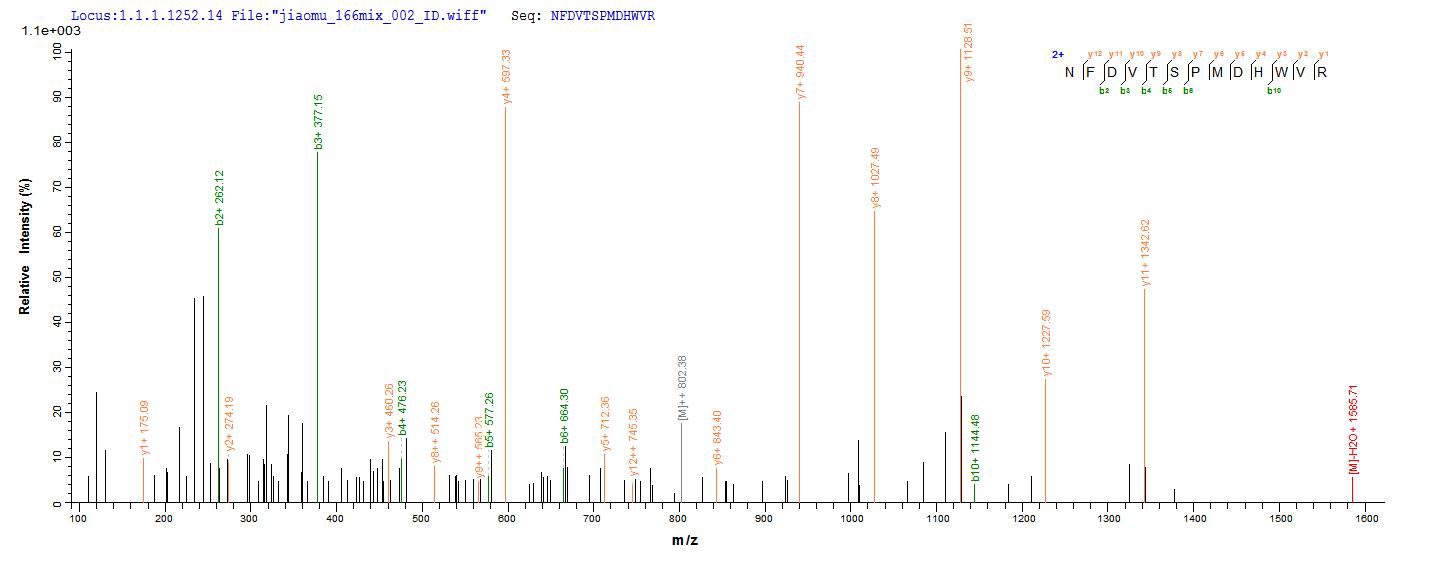Recombinant Caenorhabditis elegans Beta carbonic anhydrase 1 (bca-1) is produced in an E. coli expression system. This version includes the complete sequence spanning amino acids 1-270. The protein comes with an N-terminal 10xHis-tag and a C-terminal Myc-tag, which makes purification and detection more straightforward. SDS-PAGE analysis shows the protein achieves greater than 90% purity - likely meeting the standards most researchers need for their experiments.
Beta carbonic anhydrase 1 from C. elegans appears to be a critical enzyme that handles the reversible hydration of carbon dioxide. This protein seems to play important roles in several physiological processes, particularly pH regulation and ion transport. Studying this enzyme may provide useful insights into basic biological mechanisms. The findings could have broader implications across different species, which is probably why it draws attention in biochemical and physiological research.
Potential Applications
Note: The applications listed below are based on what we know about this protein's biological functions, published research, and experience from experts in the field. However, we haven't fully tested all of these applications ourselves yet. We'd recommend running some preliminary tests first to make sure they work for your specific research goals.
The greater than 90% purity determined by SDS-PAGE only confirms the protein's integrity and lack of major contaminants; it does not provide information on the three-dimensional, native structure required for activity. Since bioactivity is unverified, all proposed applications must be evaluated with this critical limitation in mind. Applications relying on the protein's native conformation are speculative without experimental validation of function.
1. Antibody Development and Validation Studies
The dual-tagged recombinant C. elegans bca-1 protein is suitable for use as an immunogen to generate polyclonal or monoclonal antibodies. Both the N-terminal His-tag and C-terminal Myc-tag provide convenient epitopes for antibody screening and validation (e.g., via Western blotting). The >90% purity is adequate for immunization. However, antibodies generated against this protein may primarily recognize linear epitopes and might not necessarily bind to the native, correctly folded protein in C. elegans tissues unless its folding is confirmed.
2. Protein-Protein Interaction Studies
This His-tagged bca-1 protein can be immobilized on nickel-affinity matrices for pull-down assays to identify potential binding partners. The Myc-tag serves as a detection tool. Crucially, any observed interactions are contingent upon the recombinant bca-1 protein being correctly folded. A negative result could be due to the lack of genuine interaction partners or due to improper folding of the bait protein, making data interpretation ambiguous.
3. Biochemical Characterization and Enzyme Kinetics
The purified recombinant bca-1 protein is a starting point for biochemical characterization. However, its utility for establishing kinetic parameters is entirely dependent on the confirmation of bioactivity. The primary and necessary first step is to perform standard carbonic anhydrase activity assays (e.g., CO2 hydration) to determine if the protein is functional. If active, subsequent studies on stability, pH optimum, and kinetics can be pursued. The high purity is beneficial only if the activity is confirmed.
4. Tag-Based Detection System Development
The dual-tag setup makes this recombinant C. elegans bca-1 protein useful for developing and optimizing tag-based detection systems, such as His-tag ELISA or Myc-tag immunofluorescence protocols. It can serve as a positive control. This application is independent of the protein's correct folding or native bioactivity, as it relies solely on the accessibility of the tag epitopes.
Final Recommendation & Action Plan
The immediate and critical priority is to experimentally determine the recombinant C. elegans bca-1 protein's bioactivity using a standard carbonic anhydrase assay before investing significant resources in most proposed applications. The outcome of this test will define the viable path forward: a positive result would enable functional studies (Applications 2 & 3), though with the caveat that tags may influence activity; a negative result would limit its utility to non-function-based applications like antibody generation (with the noted limitation for native protein recognition) and tag-system development (Application 4), and would necessitate troubleshooting of the expression and purification conditions to obtain a functional protein.








